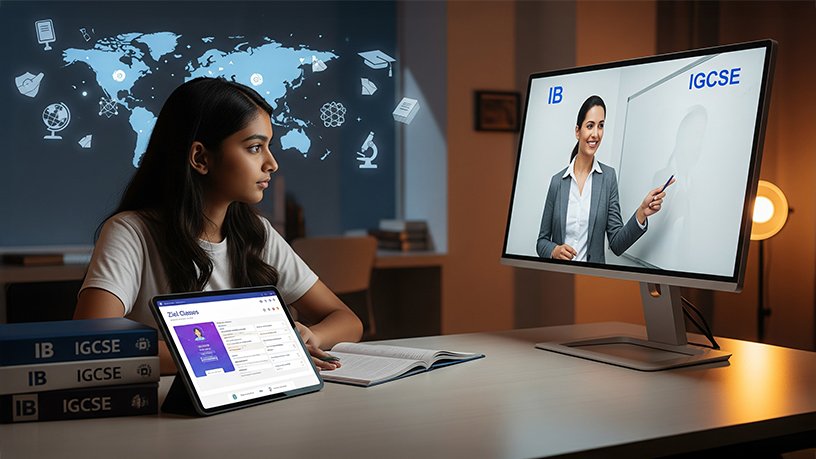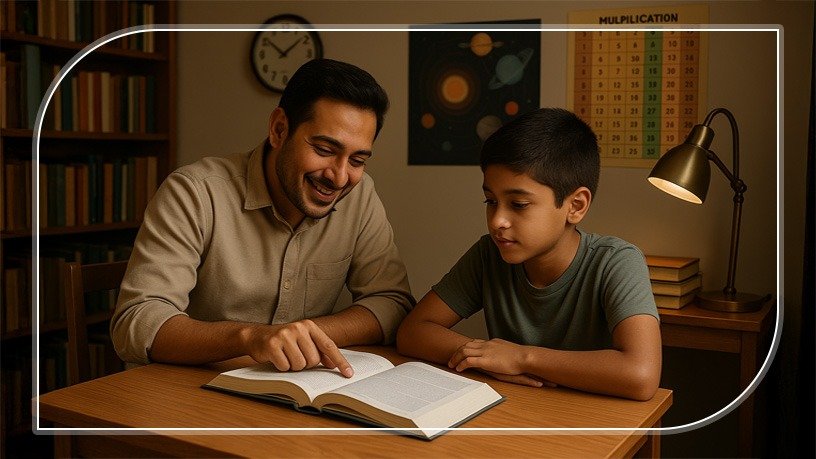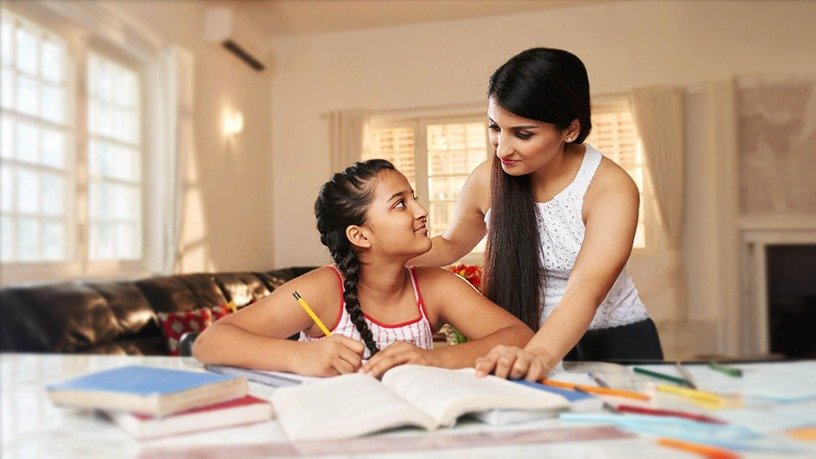Blog Details
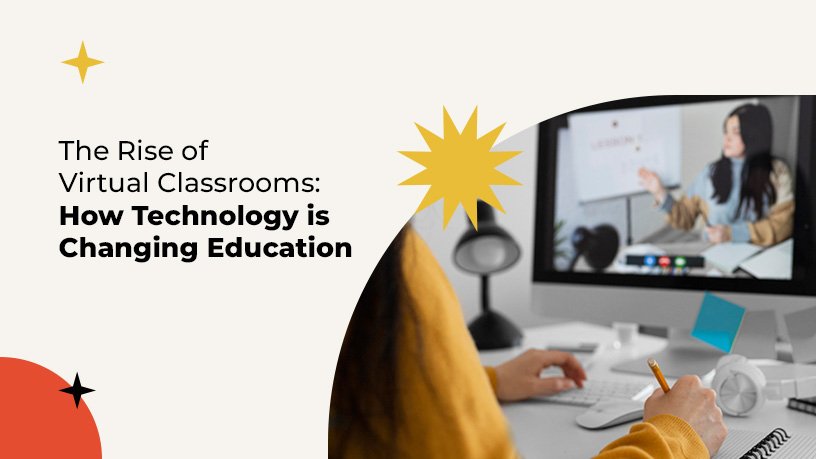
The Rise of Virtual Classrooms: How Technology is Changing Education
In recent years, virtual classrooms have revolutionised education, breaking down geographical boundaries and making learning more accessible than ever. The integration of technology in education has shifted the focus from traditional classrooms to online platforms, transforming the way students engage, learn, and interact. At Ziel Classes, we’ve embraced this shift, harnessing advanced digital tools to provide a seamless and enriching learning experience for students across various subjects.
Let’s explore how technology has reshaped education and the significant advantages virtual classrooms offer to students, parents, and educators.
1. Expanding Access to Quality Education
One of the most significant benefits of virtual classrooms is the accessibility they provide. Students who previously lacked access to quality educational resources due to location, time, or other constraints can now learn from expert instructors without the need to commute. With Ziel Classes, students across different regions can attend live sessions, receive support, and access resources at their convenience.
Increased flexibility allows students to balance studies with other commitments, making education inclusive and attainable for a more diverse group of learners. Parents, too, appreciate the accessibility as it helps them support their children’s learning without logistical complications.
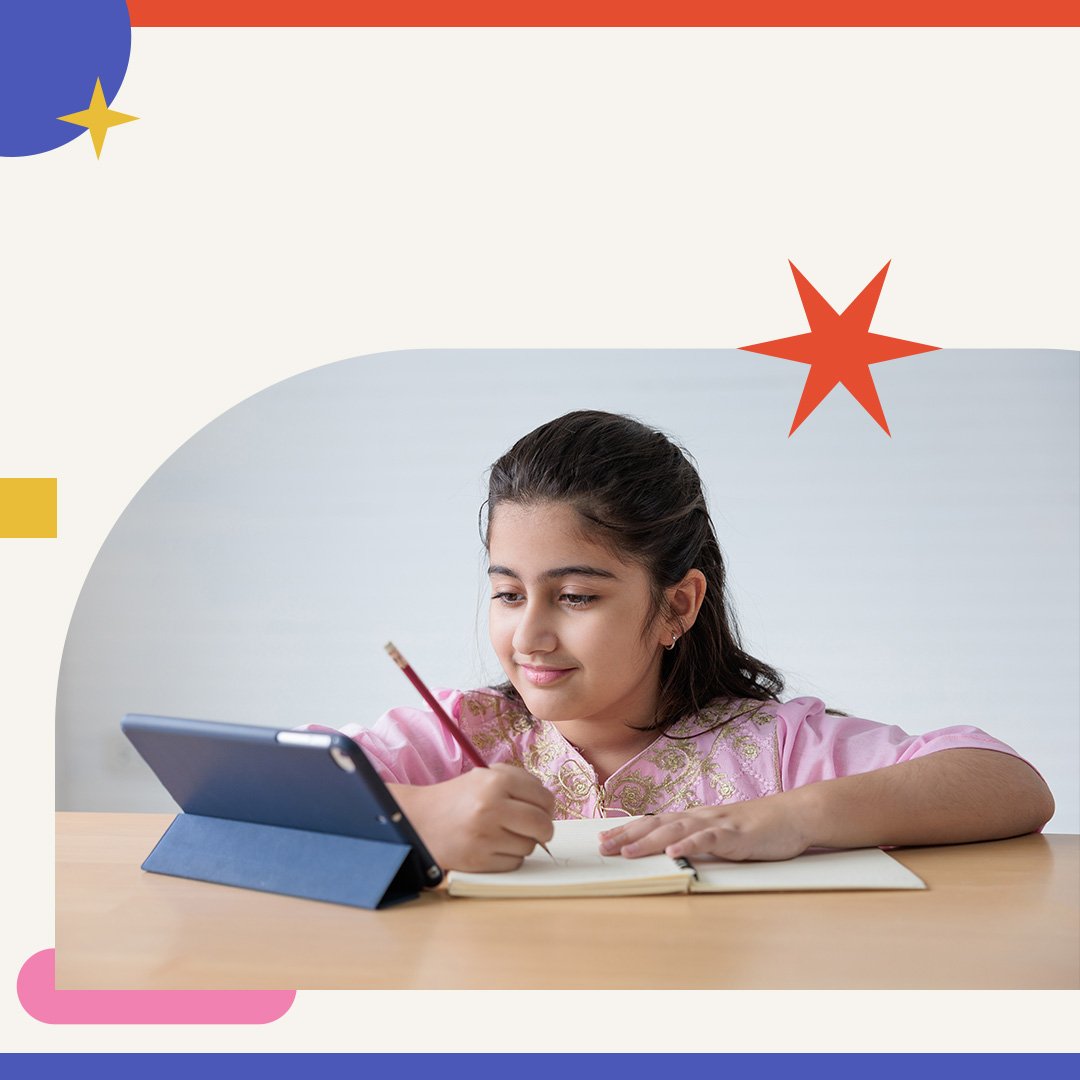
2. Personalised Learning and Pacing
Traditional classrooms often follow a fixed pace that may not align with every student’s learning style. Virtual classrooms, however, allow for personalised learning where students can progress at their own speed. For instance, Ziel Classes offers recorded lessons, which enable students to revisit challenging topics multiple times or fast-forward through areas they’re already familiar with.
Interactive features such as quizzes, real-time feedback, and assessments allow teachers to monitor student progress individually and adjust lesson plans accordingly. This adaptive approach helps students feel more in control of their education, boosting confidence and promoting a sense of accomplishment.
3. Interactive and Engaging Learning Tools
Virtual classrooms use a variety of digital tools that enhance engagement and make learning more interactive. At Ziel Classes, we incorporate video conferencing, virtual whiteboards, chat rooms, and polls to keep students actively involved in lessons. These tools replicate the dynamics of a physical classroom and foster interaction between students and teachers.
Gamified quizzes, virtual breakout rooms for group projects, and shared screens for demonstrations further enhance the learning experience. Students often find these tools fun and engaging, and they cater to visual, auditory, and kinaesthetic learners alike. With such resources, complex concepts become more manageable and enjoyable, helping students stay motivated and invested in their education.
4. Enhanced Teacher-Student Interaction
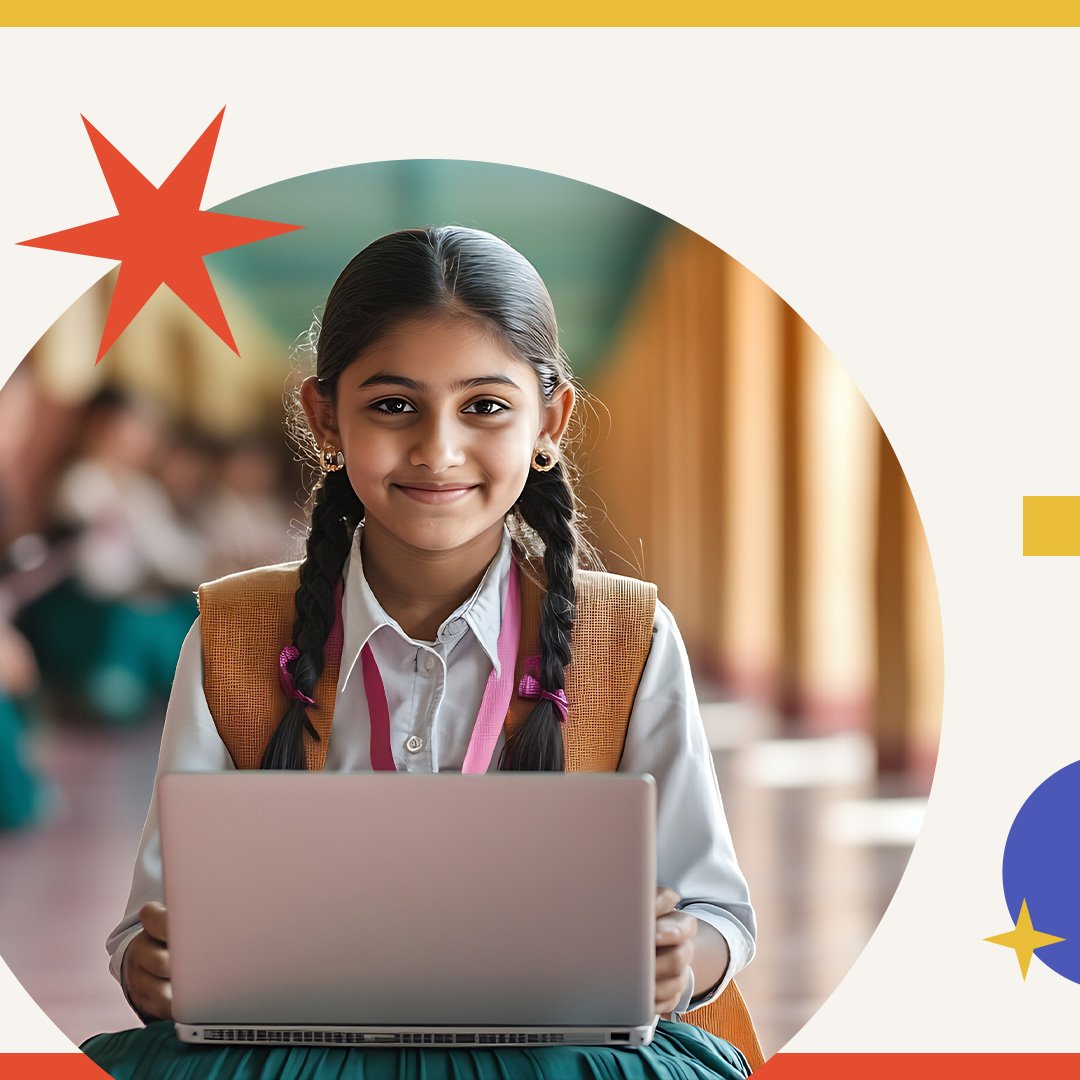
In a virtual classroom, teachers can use one-on-one sessions, breakout discussions, and private chats to provide personalised support, ensuring that every student receives the attention they need. Unlike traditional classrooms, where some students may hesitate to ask questions, virtual settings allow students to connect with teachers through various modes, making it easier for them to reach out for help.
At Ziel Classes, our instructors are trained to utilise online platforms effectively, allowing them to identify and address individual student needs in real-time. This personalised interaction promotes better comprehension and builds a strong student-teacher relationship, which is essential for a positive learning environment.
5. Real-Time Feedback and Progress Tracking
Technology allows for real-time feedback, helping students understand their strengths and areas for improvement. Ziel Classes leverages instant feedback mechanisms that enable students to evaluate their performance on quizzes, assignments, and exams immediately after submission. Real-time feedback ensures that students don’t lose momentum and can take corrective actions on the spot, helping them reinforce their knowledge.
For parents, digital progress reports offer insight into their child’s academic journey. They can easily monitor grades, attendance, and participation, empowering them to stay informed and involved. Real-time tracking fosters transparency and helps parents support their children’s academic goals more effectively.
6. Learning Beyond Borders
With virtual classrooms, students have the chance to interact with peers from different backgrounds and regions, creating a culturally rich learning experience. At Ziel Classes, students not only learn from skilled instructors but also gain exposure to diverse perspectives from their peers. This experience broadens their understanding and appreciation of different cultures, a valuable skill in our increasingly globalised world.
Additionally, the rise of virtual classrooms has opened up possibilities for guest lectures and workshops from educators around the world. These sessions bring unique insights to students and expose them to a range of expertise that goes beyond what traditional classrooms can typically offer.
7. Developing Digital Literacy and Self-Discipline
Virtual learning encourages students to develop digital literacy skills essential in today’s technology-driven world. Through their coursework and activities at Ziel Classes, students become proficient in using digital platforms, which will be beneficial in their academic and professional futures. They gain exposure to tools such as word processors, presentation software, and online collaboration tools, skills that are highly valued in the workplace.
Moreover, virtual classrooms demand a degree of self-discipline and responsibility. By managing their schedules, staying on top of assignments, and engaging in classes online, students develop essential time-management skills and self-motivation. These skills are critical for personal growth and success beyond the classroom.
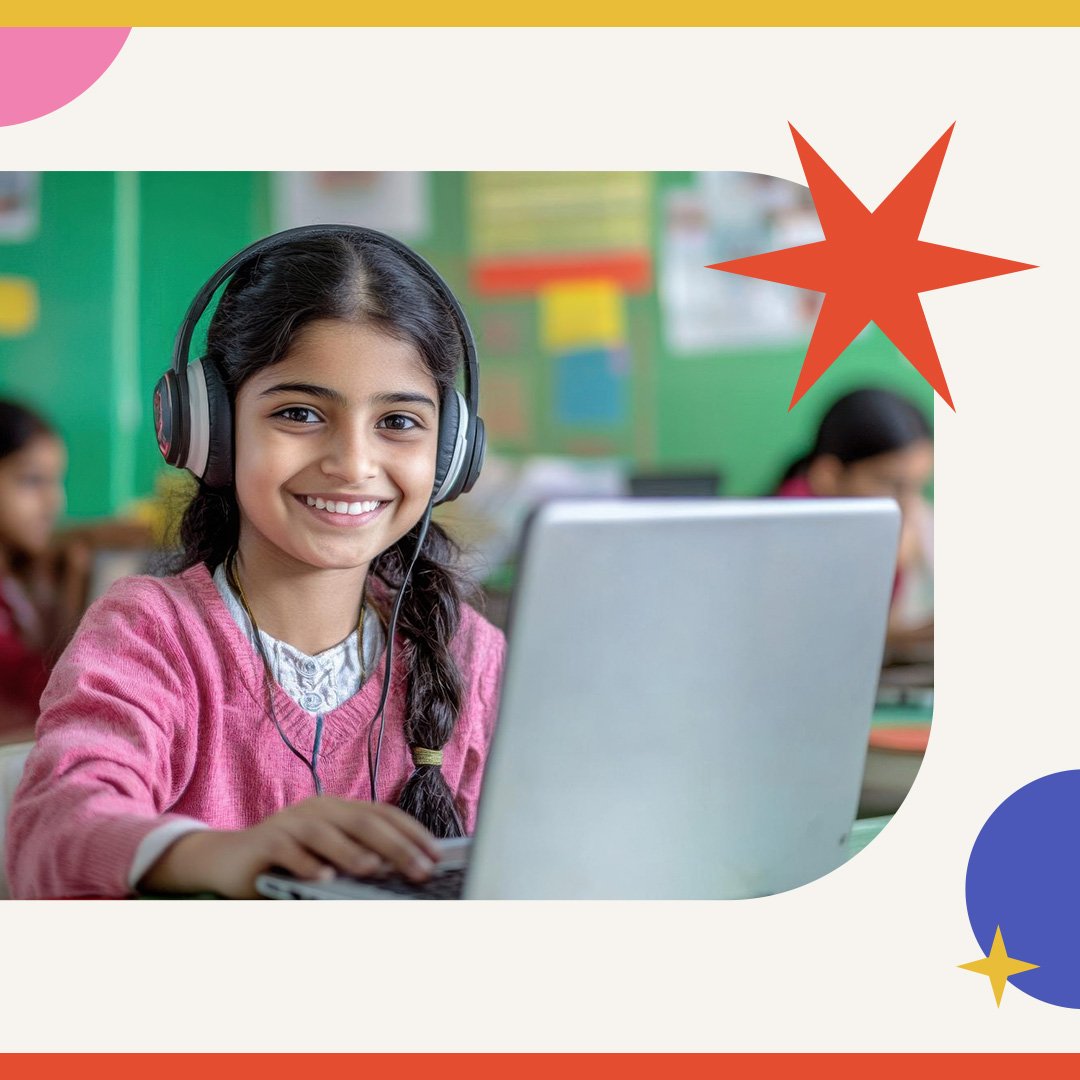
8. Improved Safety and Convenience
The safety of students has become a priority for families, especially in recent years. Virtual classrooms eliminate the need for commuting, reducing health risks and providing a safe learning environment within the comfort of home. Additionally, online learning is a more convenient option for parents who no longer need to factor in transportation logistics.
The flexibility of online learning means that students can learn from anywhere, even during family trips or unexpected events. Ziel Classes provides uninterrupted learning experiences, offering students and parents peace of mind in knowing that education is a constant, regardless of external circumstances.
The rise of virtual classrooms has fundamentally changed education, providing students with unparalleled access to quality learning resources and personalised instruction. Technology has enabled Ziel Classes to offer an enriching and interactive educational experience, empowering students to learn confidently and prepare for a successful future. As technology continues to evolve, virtual classrooms are set to further enhance and democratise education, making learning more accessible, engaging, and adaptable for every student.
In today’s fast-paced world, virtual classrooms stand as a testament to the power of innovation in education, proving that learning can thrive in any environment. Whether students aim for academic excellence or personal growth, Ziel Classes provides the tools, support, and flexibility needed to achieve their goals in a connected, digital world.
